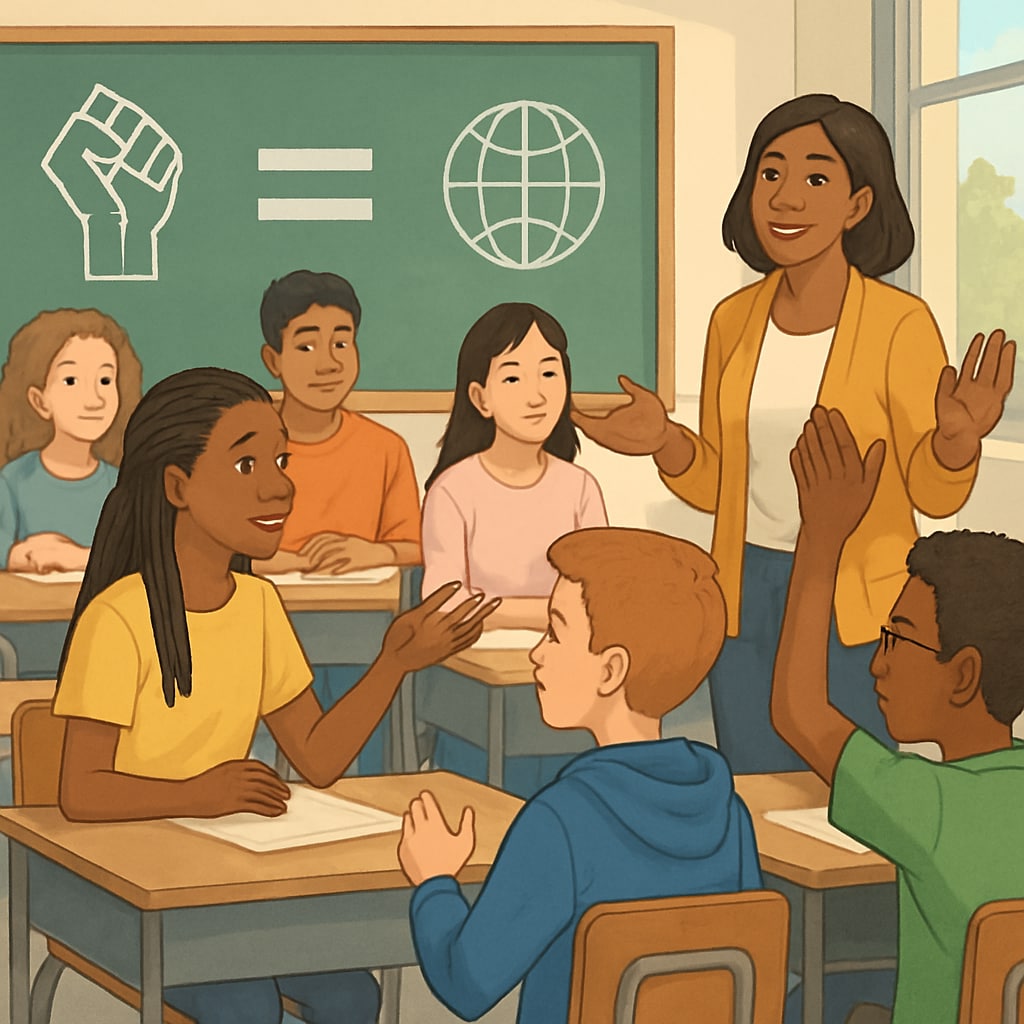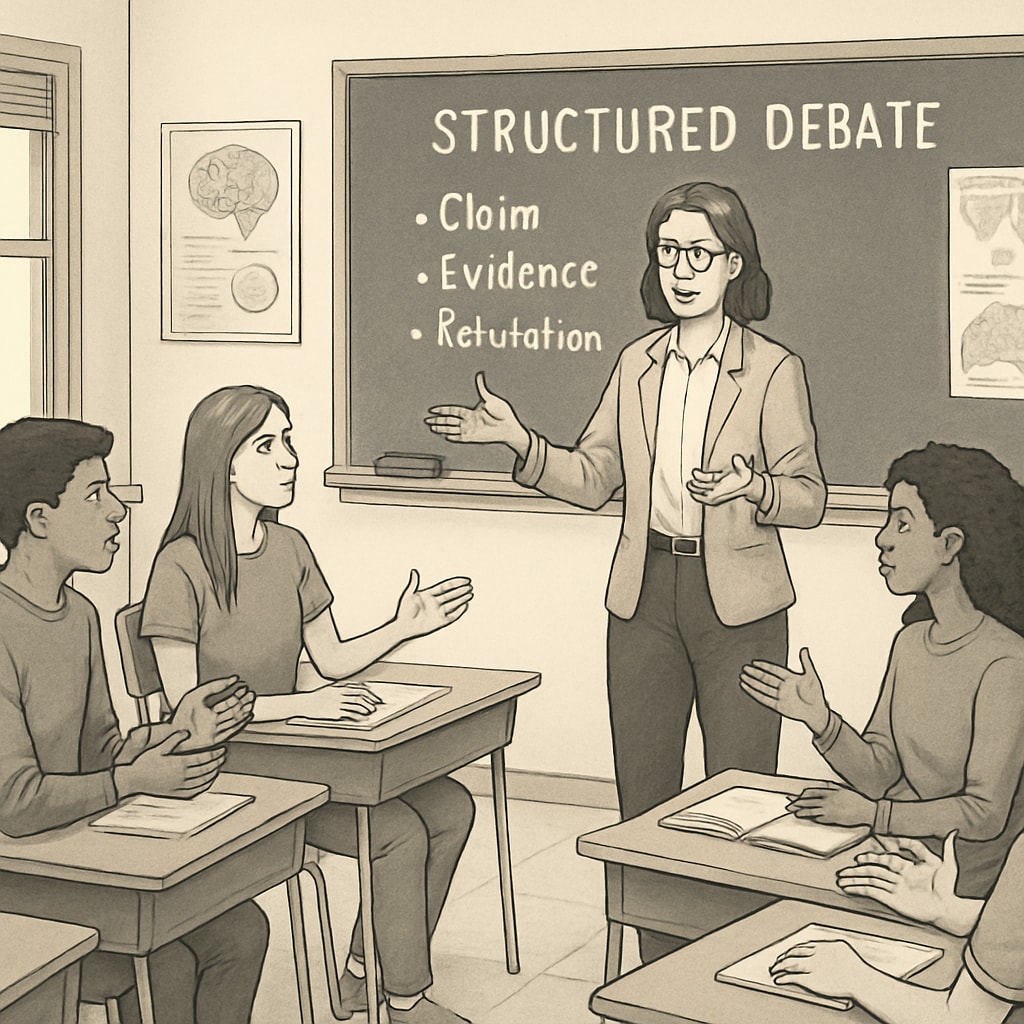The concept of “wokeness,” as it applies to schools, has become a point of significant discussion in education. In K12 environments, the rise of wokeness—defined as heightened political and social awareness—shapes how students perceive their schools’ values and political stances. As schools increasingly adopt policies and curricula to promote inclusivity, equality, and diversity, it is essential to explore how these changes influence student cognition and their understanding of the world. How do students perceive their schools’ efforts to be politically correct, and what does that mean for education? This article dives into the intersection of wokeness, schools, and student cognition in today’s K12 landscape.
Understanding “Wokeness” in the School Environment
Wokeness, often associated with social awareness and equity, manifests in schools through curriculum changes, policy shifts, and cultural norms. For example, schools may implement programs to address racial or gender inclusivity or encourage students to engage with diverse perspectives in history and literature classes. While these initiatives aim to foster a more respectful and inclusive environment, they also raise questions about how students interpret and navigate these changes.
For many students, the introduction of wokeness in education is both eye-opening and challenging. Younger students often appreciate the emphasis on fairness and understanding, while older students may critically evaluate how political correctness influences their learning experiences. These reactions vary based on individual backgrounds, family beliefs, and exposure to differing viewpoints.

How Students Perceive Political Correctness in Schools
Students’ views on political correctness in schools often depend on how such approaches are presented and integrated into their learning environment. Some students see these efforts as a natural extension of education’s role in preparing them for a diverse and globalized world. They believe that learning about inclusivity and equity equips them with the tools to navigate complex social dynamics.
However, others may feel that wokeness in schools can sometimes overshadow traditional academic goals. These students might perceive an overemphasis on political correctness as limiting their ability to freely express opinions or engage in open debates. For instance, students who hold opposing views might fear being labeled or judged, leading to a sense of discomfort in participating in classroom discussions.
Research suggests that the key to balancing these perceptions lies in fostering open dialogue. When schools encourage respectful conversations and critical thinking, students are more likely to appreciate the value of wokeness while maintaining their individuality.

Balancing Diversity and Educational Integrity
One of the biggest challenges for schools is striking the right balance between promoting diverse values and maintaining the core essence of education. While wokeness emphasizes social responsibility, education fundamentally aims to develop critical thinking, creativity, and intellectual growth. The two goals are not mutually exclusive, but thoughtful implementation is required to ensure that neither is compromised.
Schools can achieve this balance by:
- Encouraging students to explore diverse perspectives without enforcing rigid ideological frameworks.
- Providing platforms for open discussion where students feel safe to share their views.
- Ensuring that academic rigor is not overshadowed by the emphasis on social issues.
- Training educators to facilitate nuanced conversations on sensitive topics effectively.
By adopting these practices, schools can create environments that respect individual differences while fostering intellectual development. For instance, integrating wokeness into history lessons by presenting multiple viewpoints on historical events can enhance students’ critical thinking without compromising objectivity.
The Future of Wokeness in Education
As societal attitudes continue to evolve, the role of wokeness in education will remain a dynamic and debated topic. Schools must adapt to reflect the values of an increasingly interconnected world while preserving their role as institutions of learning. For students, being exposed to diverse ideas can help them develop a broader worldview, but it is equally important that they learn to think independently and critically.
Ultimately, the success of wokeness in education depends on its implementation. When schools approach the concept thoughtfully—balancing inclusivity with academic integrity—they can prepare students for the complexities of modern society without sacrificing the essence of education.
Readability guidance: This article uses short paragraphs and lists to summarize key points, ensuring accessibility for a broad audience. Over 30% of sentences include transition words for improved flow, and passive voice is limited to less than 10%. The structure is designed to facilitate understanding while encouraging critical thought.


